OPEN ASSEMBLY
Experiments in Aesthetics and Politics





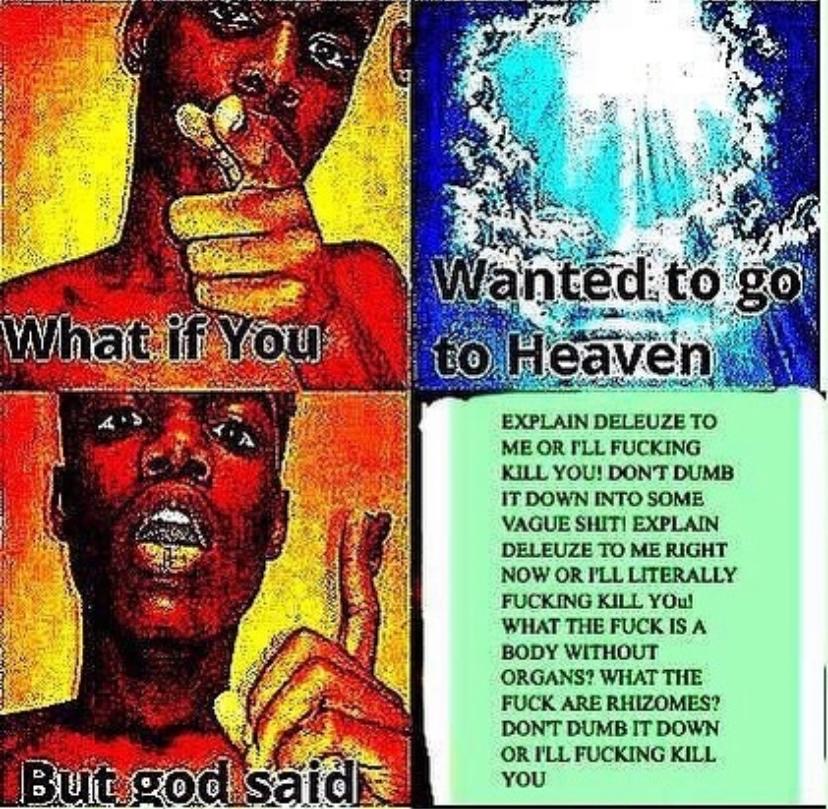
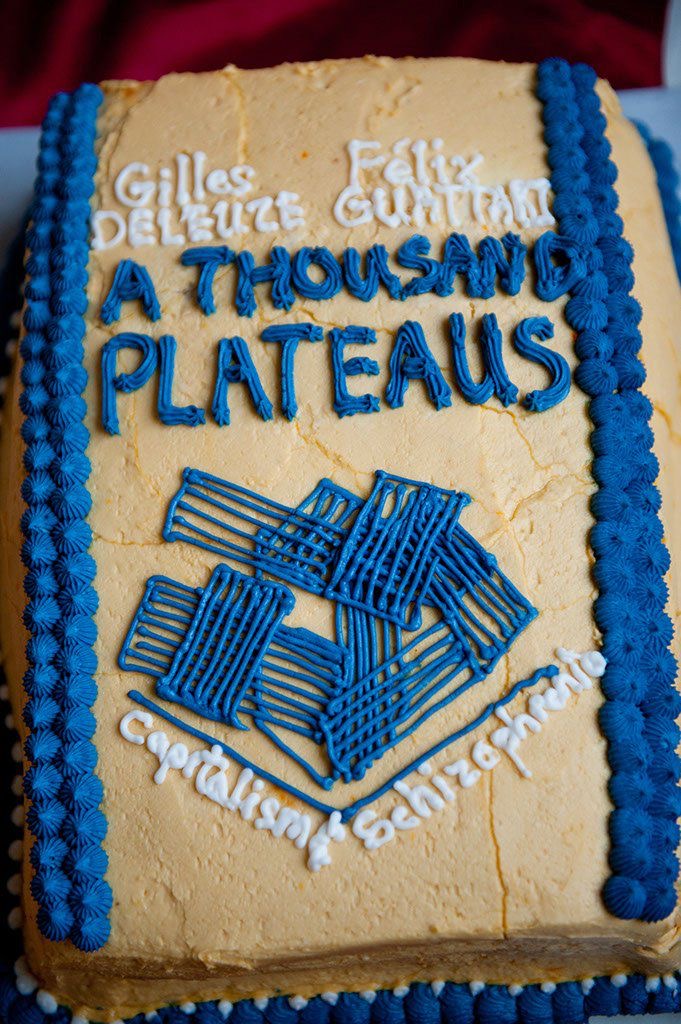

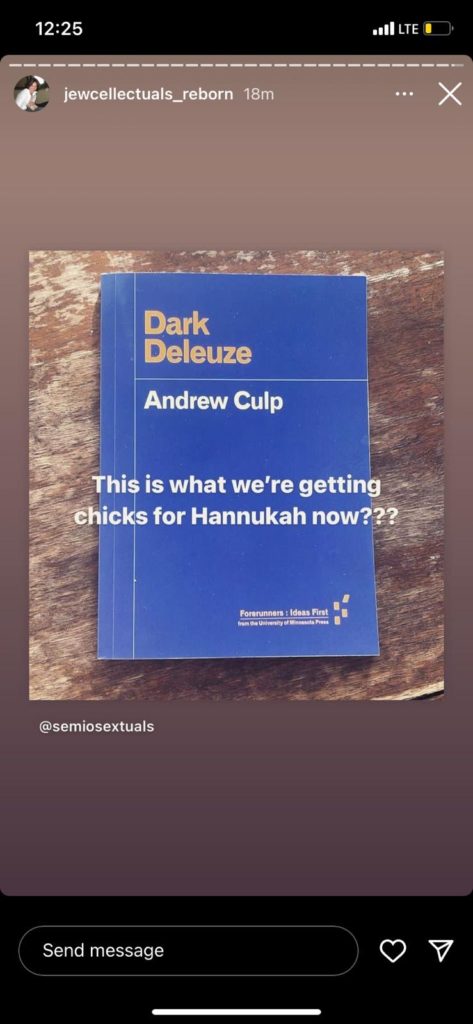

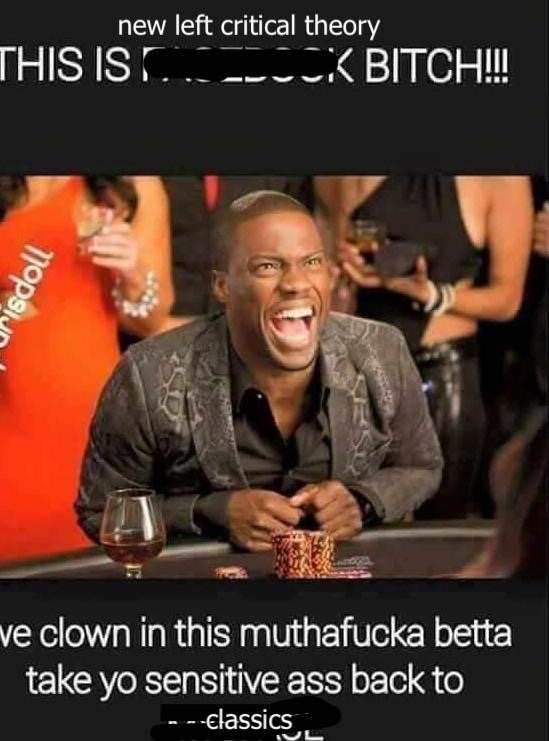
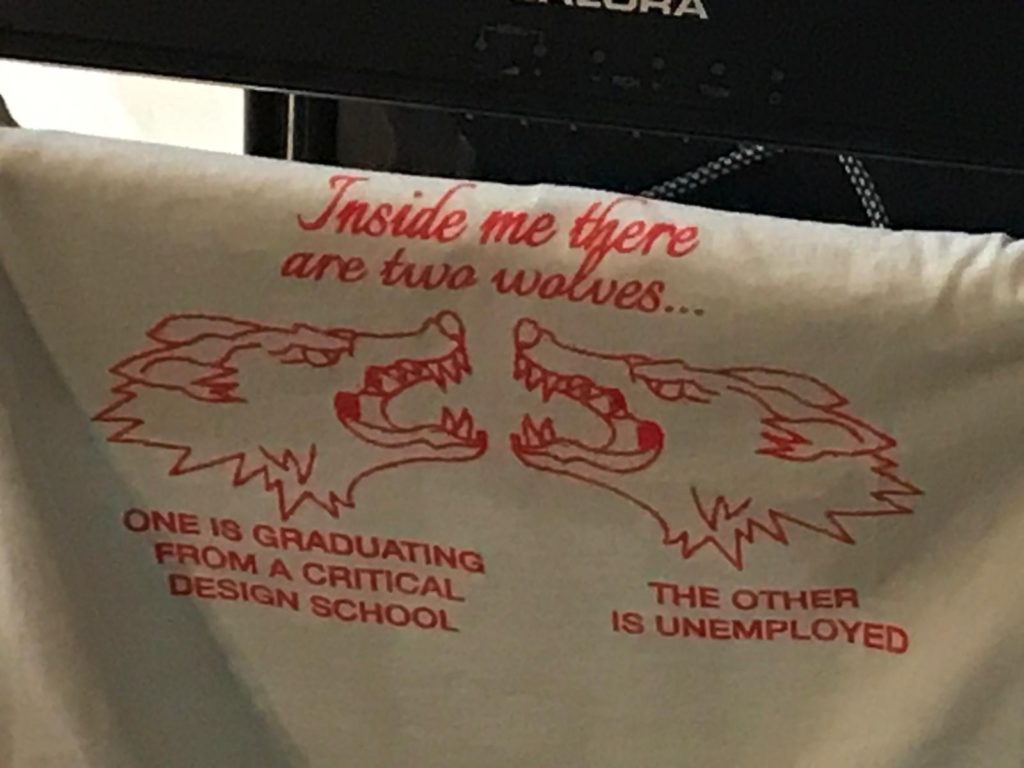
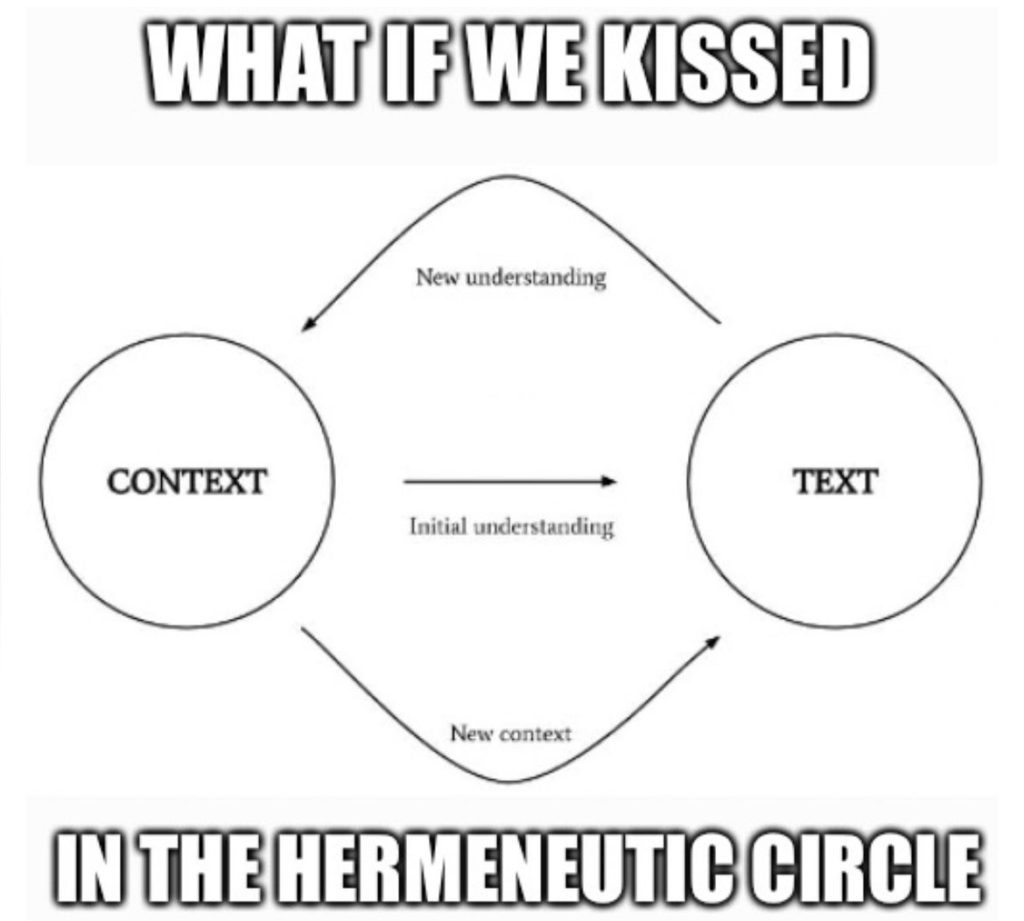


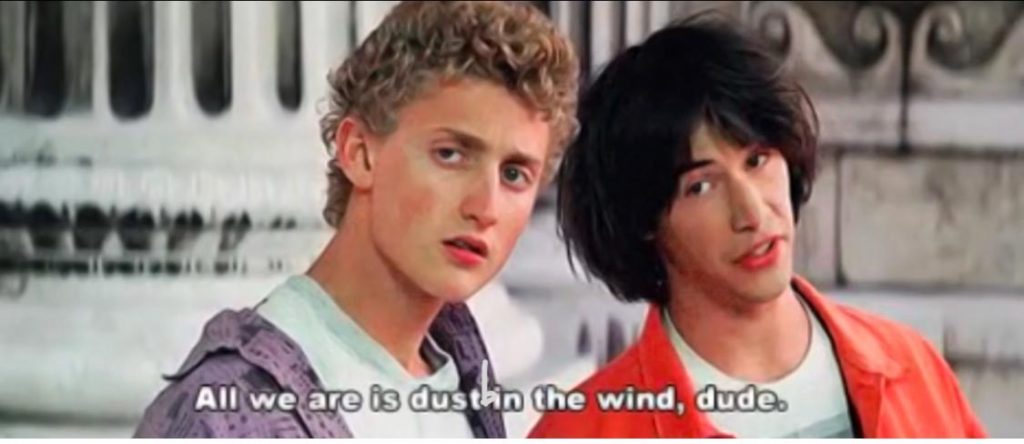



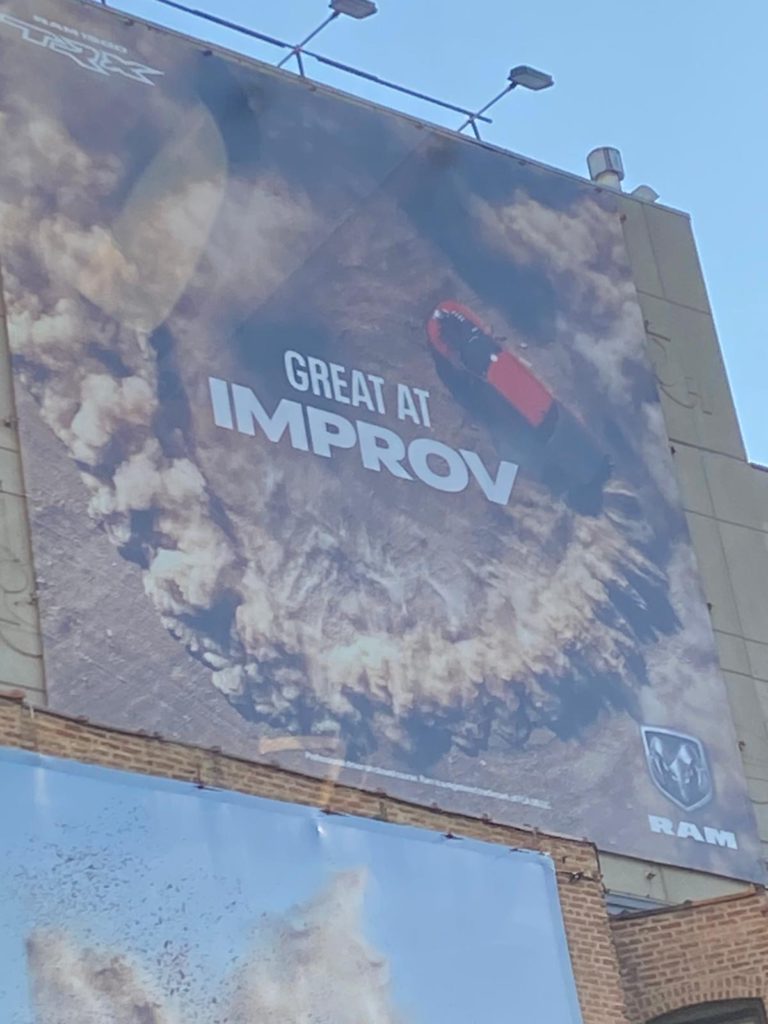
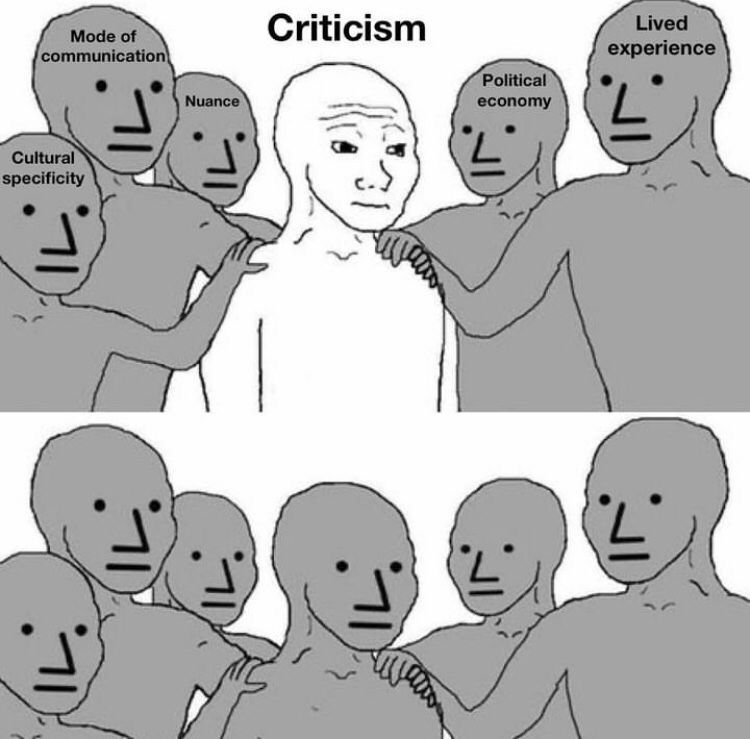
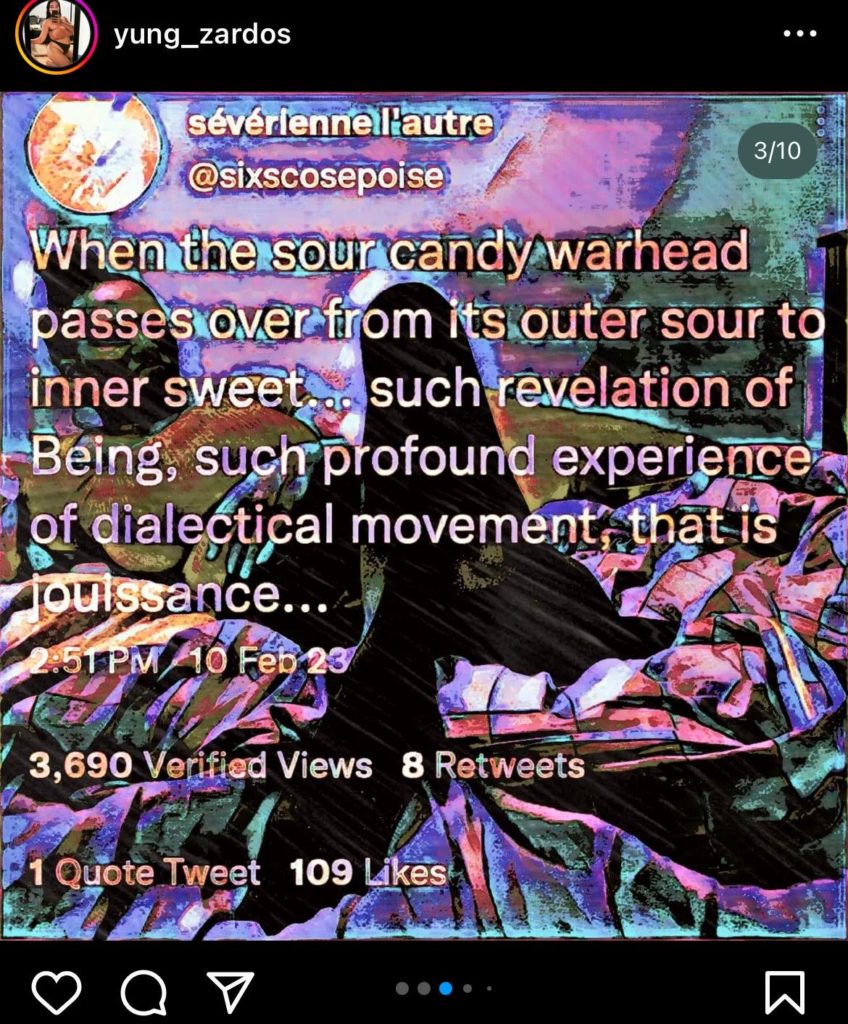
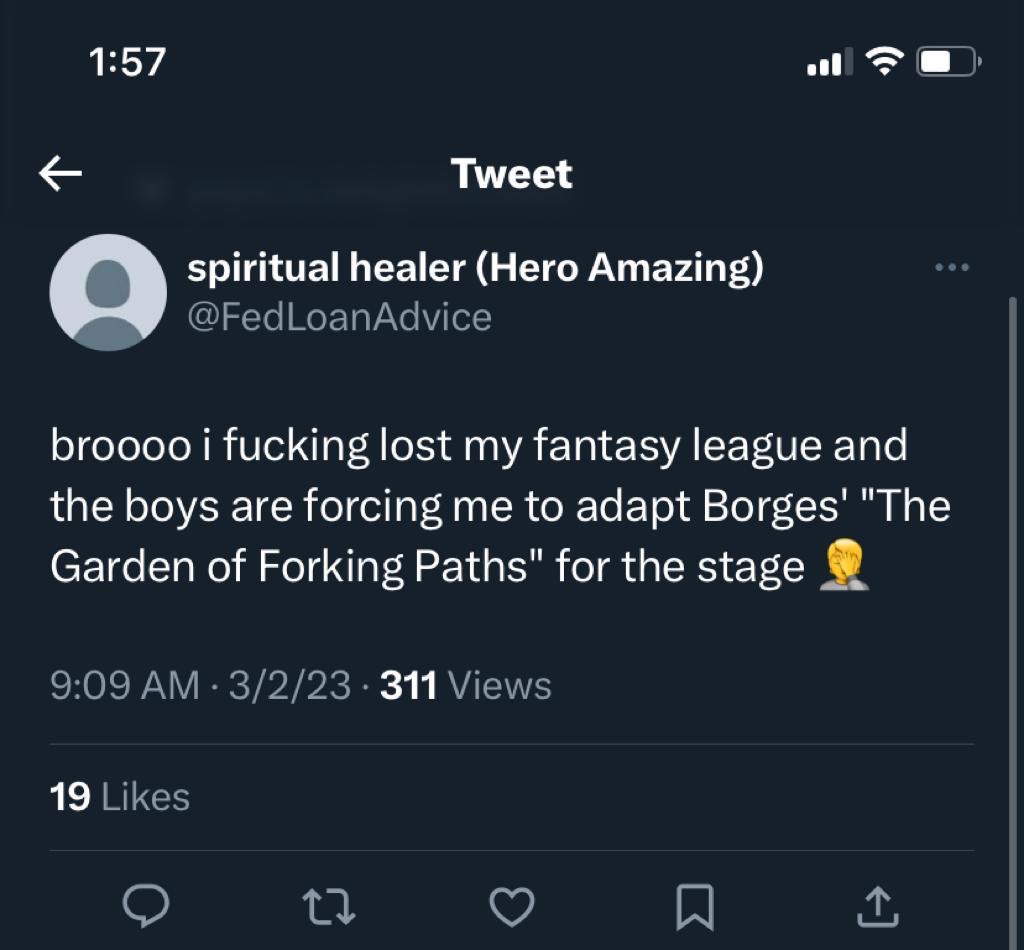
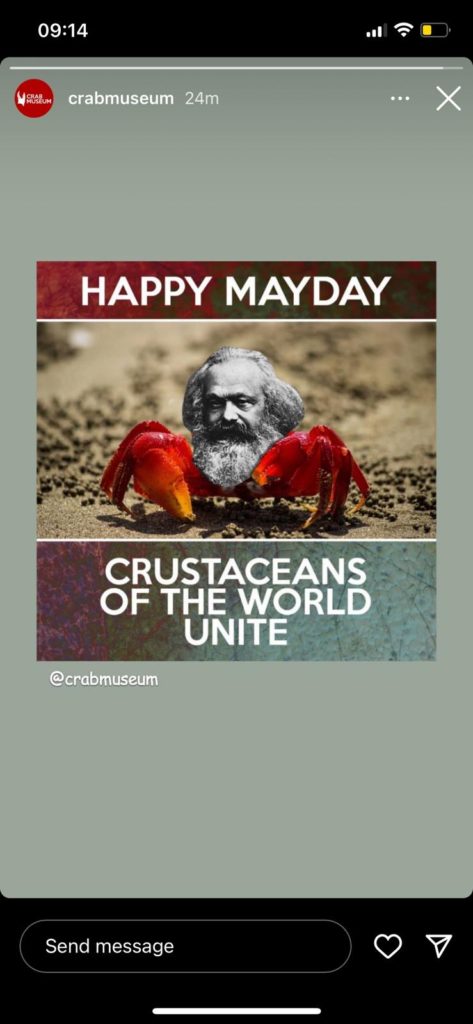
[ pending ]
[ pending ]
[ pending ]
[ pending ]
[ pending ]
[ pending ]
[ pending ]
[ pending ]
[ pending ]
[ pending ]
[ pending ]
On February 22, 2020, Professor Nan Z. Da presented a talk at the West Hollywood Library called “On King Lear and Contemporary China.” Her fascination with Shakespeare’s tragedy of familial betrayal stems from Stanley Cavell’s essay about Lear’s daughter, Cordelia. Cavell argues that Cordelia’s death functions as a “tracking device,” writing, “In Cordelia’s death there is hope, because it shows the Gods more just-more than we had hoped or wished. . . Cordelia’s death means that every falsehood, every refusal of acknowledgment, will be tracked down” (Cavell 309). Da asks what literary texts are capable of tracking and adjudicating, and to what end. In this post, I will explore a tangential implication of Cavell and Da’s inquiries: how closely should analytical models emulate, mimic, or align with their chosen object’s mode of address?
My question owes much to a puzzling tweet by Cher that begins, “Ok !! RANT !” What follows her exclamation can hardly be described as a rant. But Cher’s tweet clarifies some of my thoughts about King Lear and the titular character’s mode of address. The words “Ok !! RANT !” mark Cher’s attempt to acknowledge her own mode of address, even as she elides rant with enthusiastic praise for a friend. Lear seems to face the opposite problem, as he is totally unaware of his own mode of address and how it limits his audience. The rant—an often infuriating, chaotic, and tragically solipsistic mode of communicating to the world—certainly plagues the King as he descends into madness. But the rant also seems to limit the critic in their attempts to study Shakespeare’s play. Does it not madden the critic to methodically analyze an inherently undisciplined and unmethodical form of speech? In short, can the critic ever live up to the madness of the rant?

Cher’s “Rant.”
Stanley Cavell’s well-known essay on Lear takes issue with interpretations that betray the objects they study—in this case, dramatic characters. Cavell argues that “interpretation of the symbolic sort . . . exactly depends upon a neglect, even a denial, of the humanness of the play’s characters” (Cavell 272). Cavell finds that the symbol-as-metonym is predicated on a violent dehumanization that only sees metaphor and not characters or the actions of human beings. Dehumanization here implies both an ethical and a formal practice—devitalizing the human subject of the play, as well as decontextualizing the script’s primary function as the record of a character’s speech. The symbolic approach, Cavell argues, does not fit the form of the play, which in the first place consists of words spoken by characters. What then does the critic find more dignifying than the symbolic metonym?
Cavell steers his argument toward an answer: in his reading of the play, it is the formal technique of characters’ speech that guides a humane interpretation. He writes, “One reason a critic is drawn to words is, immediately, that attention to characters has often in fact been given apart from attention to the specific words granted them, so it looks as if attention to character is a distraction from the only, or the final, evidence there is for a reading of a literary work, namely the words themselves” (268). Cavell directs his New Critical approach toward diction and interaction, treating characters as people rather than convenient personifications of symbols or allegories. Character and words are inextricably linked in the script and performance alike. “Lear’s dominating motivation,” Cavell argues, “is to avoid being recognized,” hence the rant, a form that insists on non-recognizability (274). The speech-mode and character align, leading to an interpretation of the character that is rooted in that character’s mode of expression rather than what virtues the character stands in for.
The Rant: Professional or Passionate Thought?
So, what of the King’s rants as a mode of address? What form of analysis can take on the full force of its wrath and chaos? As the rant intentionally draws connections outside the text, I will look at two analytical modes that run contrary to the New Critics’ strict adherence to only text: lateral reading and literary mapping. The former considers the intertextual connections texts make, while the latter quantifies the patterns and occurrences of words in texts.
To begin, both methods study the breadth of connections in a text, though one requires total immersion into the speculative connections between a character’s thoughts and speech—lateral reading, which traces the non-linear nexuses between a text’s ideas—while the other is founded on a sterile distance from the speaker—literary mapping, which deracinates speech from the speaker to place it in broader web of etymological and usage-based data. The gap between these two methods can be paraphrased by a distinction Hannah Arendt poses: professional thought and passionate thought. Svetlana Boym paraphrases the distinction:
In her last book, The Life of the Mind, Hannah Arendt proposed a distinction between ‘professional thinking,’ which focuses on disciplinarity and logical coherence, and ‘passionate thinking,’ which explores the limits of knowledge and is guided by wonder, not by the need for systematicity and consistency. (Boym 2008: 36-37)
Arendt’s distinction is analogous, as I see it, to a chasm between, on one hand, reading models based on exacting, methodical data collection, and on the other, reading inquiries that formalize the freeplay of literary engagement.
Mapping and mining as method imply textual devotion to order, coherence, and systematic consistency. A lateral swerve, alternatively, implies the text is a chaotic assemblage of heterodox associations and practices. It would seem the rant is more invested in expressing passion, wonder, and inconsistency, than disciplinarity, logical coherence, and systematicity. However, should that likeness preclude the critic from reading the rant through an analytical method defined by the conflicting values?
Text as Swerve: Lateral Reading
As a formal structure, the rant is composed of lateral swerves from one topic to another, without transition. The rant is destabilized, incoherent, directionless, constantly reorganizing itself. This recalls Derrida’s architectural metaphor: “One first locates. . . in the art of the system, the ‘neglected corners’ and the ‘defective cornerstone,’ that which, from the outset, threatens the coherence and the internal order of the construction” (Derrida 1986: 72). The rant is similarly composed of disparate elements which ultimately form a textual structure, but as soon as the reader focuses on one part of the rant, it is always already prepared to defer to another. So it would seem the rant is overtly compatible with a lateral analysis.
Consider one of Lear’s rants, which he launches into after surviving the play’s well-known storm, now encountering blinded Gloucester and his disguised son, Edmund:
KING LEAR
Ay, every inch a king:
When I do stare, see how the subject quakes.
I pardon that man’s life. What was thy cause? Adultery?
Thou shalt not die: die for adultery! No:
The wren goes to ‘t, and the small gilded fly
Does lecher in my sight.
Let copulation thrive; for Gloucester’s bastard son
Was kinder to his father than my daughters
Got ‘tween the lawful sheets.
To ‘t, luxury, pell-mell! for I lack soldiers.
Behold yond simpering dame,
Whose face between her forks presages snow;
That minces virtue, and does shake the head
To hear of pleasure’s name;
The fitchew, nor the soiled horse, goes to ‘t
With a more riotous appetite.
Down from the waist they are Centaurs,
Though women all above:
But to the girdle do the gods inherit,
Beneath is all the fiends’;
There’s hell, there’s darkness, there’s the
sulphurous pit,
Burning, scalding, stench, consumption; fie,
fie, fie! pah, pah! Give me an ounce of civet,
good apothecary, to sweeten my imagination:
there’s money for thee.
(Shakespeare Act IV, Scene vi, 92-116)
His speech veers from proclaiming his sovereignty to acknowledging Gloucester’s adultery, briefly expressing sex-positive sentiment, then berating his daughters, which leads him to make sexist remarks, and ultimately declaring he wants some drugs to give him pleasant thoughts. From, then, which, and – one defective cornerstone of thought defers to the next. Lear synthesizes several of the play’s plotlines and fragments through his own belligerent thoughts, amounting to an unruly speech that expresses a general sense of ruin: ruined sovereignty, ruined bonds, a ruined family, and a ruined mind.

Glenda Jackson as King Lear, 2019
Laterally, the King’s sense of ruin evokes the image of an architectural ruin, a comparison that likens the desperate rant to the process of decay materialized in ruins. Elaborating on its architecture, Boym writes, “The meaning of the ruin is unstable; its duration is longer than most historical debates and its material presence so intense that it embarrasses many ideological or critical assessments that try to pin down its meaning” (Boym 2017: 46). The same might be said of the rant: it insistently undermines the effort to consolidate its meaning in any authoritative way.
But if a method is supposed to provide guidance, does laterality accomplish this? The rant is already unruly, guided by wonder and non-linearity. An attention to its lateral structure shares this inclination. Does the combination of an unruly text and an unruly method get the reader anywhere? Does a similarly lateral method merely lead deeper down the rabbit hole dug by the rant, endlessly deferring to possible referents?
Rant as Code: Text Mining
Quantitative methods are an orderly alternative. Literary mapping in particular can build order out of a disordered textual object. It does so by situating the text within a broader pattern of usage, namely, “In text mining, we frequently wish to group documents together according to their similarity. Similarity is often based on, or measured by, some finite set of textual features, such as the relative frequency of the most frequently occurring words” (Lockers and Underwood 352). The external structure text mining constructs begins by historicizing the text within a matrix of other texts that use the same words with similar frequency. In the case of King Lear’s rants, this method would seek to comprehend Lear’s speech by examining texts that are stylistically and verbally similar, deemphasizing tone and the speech’s context within the play.
Similar to lateral reading, text mining makes sense of literature by interpreting it in relation to objects external to the text. However, text mining utilizes rigid metrics and data collection techniques, which are apparatuses that lateral reading would consider counter-intuitive to the act of textual freeplay. Franco Moretti acknowledges the shortcomings of his own Shakespearean text mining project, which studies the networks of interactions between characters in Hamlet:
…once you make a network of a play, you stop working on the play proper, and work on a model instead: you reduce the text to characters and interactions, abstract them from everything else, and this process of reduction and abstraction makes the model obviously much less than the original object – just think of this: I am discussing Hamlet, and saying nothing about Shakespeare’s words – but also, in another sense, much more than it, because a model allows you to see the underlying structures of a complex object. (Moretti 2011: 4)
In order to grasp the dizzying totality of nexuses between characters in Hamlet, the clarifying model loses its tether to the content of the play: the contextualized words themselves. All we are left with is an understanding of who interacts with whom, but not what those interactions consist of.
Ultimately, text mining’s managerial method seems futile in the face of the rant. Taken further, such instrumentalist logic constitutes an act of violence against the text in that it forces it to conform to the arbitrary measurements of digital information processing. Just as the New Critical symbolic interpretation had dehumanized the characters in treating them as devitalized objects, text mining treats plays as computational code.
Recall Arendt’s definition of “professional thought,” whose linear logic subsumes all things it encounters. Text mining imposes its methods of mapping and coding onto all textual objects, as if the knowledge a text produces could be formulaically consolidated and strategically commodified, with the ultimate aim of optimizing interpretation itself. This illustrates exactly what the rant seeks to escape: confinement in a prescriptively coherent communicational system.
King Lear and Contemporary Reading: A Brief Allegory
An allegory for the play itself might arise from these contrasting methods: lateral gestures that destabilize the assumed order of human thought are akin to Lear’s rants, while the methods of mining and mapping, utilizing professional thought to disentangle the frenzy of Lear’s speech, corresponds to the systematized strategies of his daughters Regan and Goneril. In short, one technique disturbs order and the other attempts to manage that disorder.
Consider how the ranting king’s daughters try to manage him, at times attempting to decipher his pontifications and discerning a significant detail buried in the speech, and at other times dismissing his words as nonsense. The project of literary mapping is far more generous to the chaotic text than the conniving daughters are to their father, but the overarching ethic is quite similar: extracting only the data that seems significant to support an inquiry.
Then look to the rant itself. It mystifies the addressee. Just when its intended message seems clear, it diverts to another subject entirely. The moment Regan and Goneril interpret their father’s position, he throws them off. Lateral reading recognizes this quality not only in the rant but in all cultural objects: the web of referents is endless. The wondrous gaze of lateral reading sees everything imaginable in the smallest perceptible detail. Like the ranting King, it embraces chaos toward a practice of play.
Had Lear begun his address by exclaiming “Ok !! RANT !,” would critics adapt their method to accommodate the acknowledged form of speech? Would an overt declaration of the form as such dictate how the critic would then approach the text? The rant would certainly disapprove of any arbitrary rule being made in its name. So if we’re reading on the rant’s terms, the rule might be something like this: textual forms do not necessitate prescriptive interpretative methods because they do not strive to be understood on unitary terms—a rant especially, which cavorts across rhetorical boundaries so freely. In spite of all this, I do not doubt, however ruined he may be, that the King and his rants can withstand the blistering storms of critical debate and scrutiny.
Works Cited
Boym, Svetlana. Architecture of the Off-Modern. New York: Princeton Architectural Press, 2008.
Boym, Svetlana. The Off-Modern. London: Bloomsbury, 2017.
Cavell, Stanley. “The Avoidance of Love: A Reading of King Lear,” in Must We Mean What We Say? Cambridge: Cambridge University Press, 1976.
Cher (cher). “Ok !! RANT !” 8 June 2013, 6:16 PM. Tweet.
Derrida, Jacques. Memoires for Paul de Man. New York: Columbia University Press, 1986.
Lockers, Matthew and Ted Underwood. “Text-Mining the Humanities” in A New Companion to Digital Humanities, edited by Susan Schreibman, et al., Hoboken: John Wiley & Sons, Incorporated, 2016.
Moretti, Franco. “Literary Lab Pamphlet 2: Network Theory, Plot Analysis.” https://litlab.stanford.edu/LiteraryLabPamphlet2.pdf
Shakespeare, William. King Lear. New Folger’s ed. New York: Washington Square Press, 2004.
Cory Warren writes fiction and studies comparative film & literature. He is pursuing a Master’s degree in Aesthetics & Politics at the California Institute of the Arts.